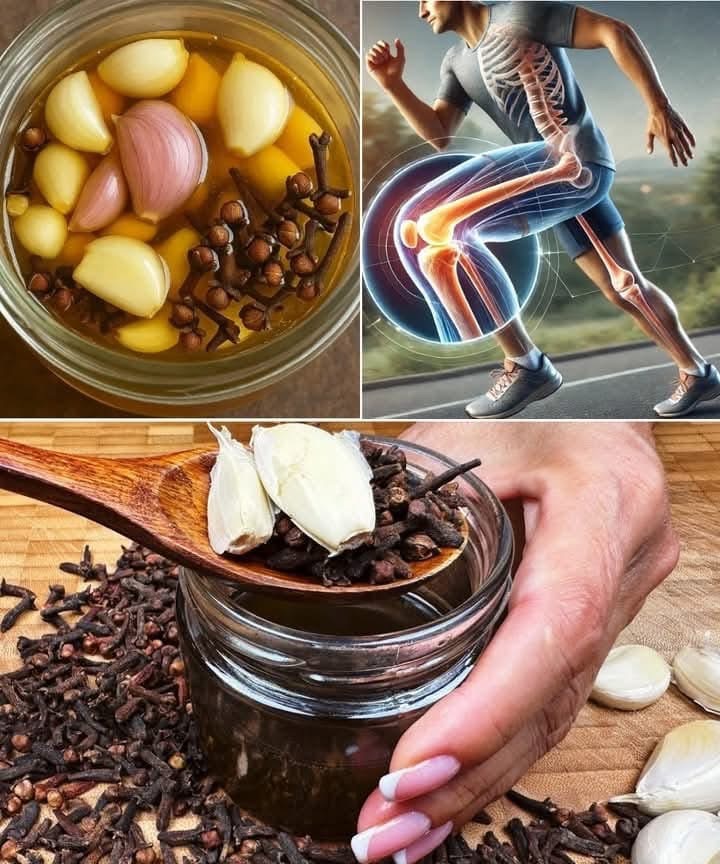Leg Pain, Rheumatism, Varicose Veins & Arthritis: Causes and Natural Relief
Introduction
Leg pain that prevents someone from walking is often a sign of deep inflammation, poor circulation, or joint damage.
Conditions like rheumatism, varicose veins, and arthritis are common among older adults, especially women.
Understanding these problems helps in finding gentle and effective ways to relieve pain and improve movement.
⸻
1. What Each Condition Means
• Leg Pain:
General leg pain can come from muscle strain, nerve compression, or circulation issues. It can affect mobility and daily life.
• Rheumatism:
This term refers to pain and inflammation in muscles, joints, and connective tissues. Rheumatism often makes movements stiff and painful, especially in the morning.
• Varicose Veins:
Swollen, twisted veins under the skin caused by poor blood flow. They usually appear on the legs and can cause heaviness, swelling, and aching pain.
• Arthritis:
A condition that causes inflammation and stiffness in the joints. Common types include osteoarthritis (wear and tear of joints) and rheumatoid arthritis (autoimmune inflammation).
⸻
2. Common Causes
• Aging and wear on joints
• Poor blood circulation
• Obesity or being overweight
• Standing or sitting for long periods
• Lack of physical activity
• Genetic factors
• Inflammation due to autoimmune diseases
• Nutrient deficiencies (Vitamin D, Calcium, Omega-3, Magnesium)
⸻
3. Symptoms to Watch
• Swelling in legs, ankles, or knees
• Burning or tingling pain
• Visible blue or purple veins
• Joint stiffness and limited movement
• Pain that worsens after standing or walking
• Fatigue and muscle weakness
⸻
4. Natural Relief and Home Care
🛁 Warm Compress & Massage
Use a warm towel or heating pad on the painful area for 15–20 minutes, twice a day.
It helps increase blood flow and relax muscles.
Massage gently using olive oil or coconut oil mixed with a few drops of peppermint or eucalyptus oil.
⸻
🫖 Herbal Remedies
• Turmeric: Reduces inflammation naturally. Mix ½ teaspoon with warm milk or tea daily.
• Ginger: Improves circulation and eases stiffness. Add to food or tea.
• Apple Cider Vinegar: Apply externally (mixed with olive oil) or drink a teaspoon in warm water to improve blood flow.
• Garlic: Supports healthy veins and lowers inflammation.
⸻
🦵 Gentle Movement
Even if walking is difficult, small movements help:
• Flex and stretch the feet while sitting.
• Move legs gently in bed to keep blood flowing.
• Elevate the legs on a pillow for 15 minutes to reduce swelling.
⸻
🍎 Healthy Diet
Eat foods that reduce inflammation and strengthen the joints:
• Fatty fish (sardines, salmon)
• Leafy greens (spinach, kale)
• Berries, citrus fruits
• Nuts and seeds (walnuts, flaxseed)
• Avoid sugary, processed, and fried foods.
⸻
💧 Hydration & Rest
Drink plenty of water daily to flush out toxins.
Sleep enough to allow tissues and joints to repair naturally.
⸻
5. Medical and Supportive Treatments
If pain is severe and constant (as with your mother), medical care is necessary.
Doctors may recommend:
• Anti-inflammatory medications or injections
• Physical therapy for joint movement
• Compression stockings for varicose veins
• Supplements (Vitamin D, calcium, omega-3)
• In advanced cases, minor surgery or vein treatment
⸻
6. Tips for Daily Comfort
• Keep legs elevated when resting.
• Avoid tight clothes that block circulation.
• Wear comfortable shoes with good support.
• Avoid standing or sitting for long periods without moving.
• Use a cane or walker if balance is weak — safety comes first.
⸻
Conclusion
Leg pain caused by rheumatism, varicose veins, or arthritis can deeply affect daily life, but it’s not hopeless.
With regular care — a healthy lifestyle, natural remedies, gentle exercise, and medical guidance — your mother can gradually regain mobility and comfort.
Patience and consistency are key; small daily improvements can lead to big changes over time. 🌷
⸻
Would you like me to write a natural healing recipe (like an oil or cream) specially for these pains — one that you can prepare at home safely for her?
